What is the biggest wildfire in US history? Key Statistics and Records
What is the biggest wildfire in US history? Let’s explore the details of the most devastating wildfires in the United States, from the Great Fire of 1898 to the Smokehouse Creek Fire in Texas. Read now!
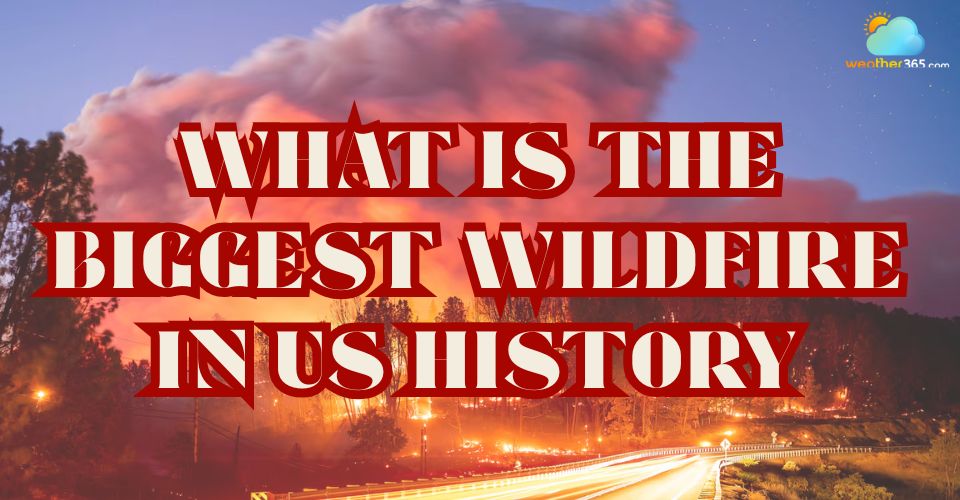
The biggest wildfire in US history
Wildfires in the US
While historically a natural part of some ecosystems, wildfires are occurring with unprecedented frequency and intensity, destroying homes and endangering communities.
Over the past few years, these blazes have dominated summer news cycles.
The threat is no longer confined to Western states.
Wildfire smoke and hazardous air quality are becoming an expected annual event for cities thousands of miles away.
The 2025 wildfire season started with a devastating event: the Palisades Fire.
Fueled by extreme Santa Ana winds and record-low humidity, it quickly became one of California's most destructive fires, destroying over 6,800 structures.
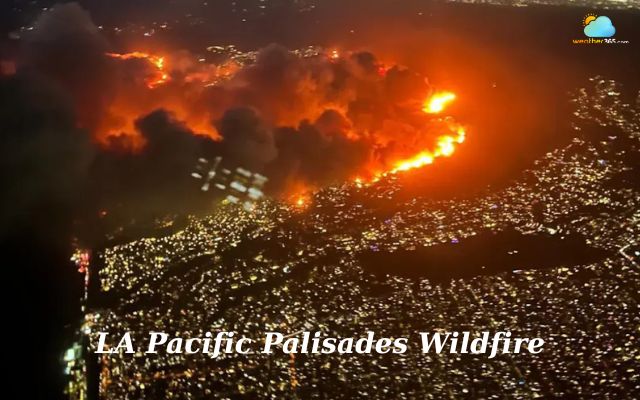
The catastrophic Palisades wildfire
Although California remains a wildfire hotspot, other states also face significant threats. In 2024, Alaska recorded the most burned acreage at 3.1 million acres, followed by New Mexico and Texas.
While Texas leads in the total number of wildfires and Alaska leads in total acres burned, every state is at risk, particularly during periods of drought.
The national trend is clear: wildfires are escalating. Climate change and prolonged drought conditions are the primary drivers behind these increasingly intense and destructive fire seasons.
You may also like this: What States Have the Most Wildfires?
What is the biggest wildfire in US history?
Wildfires have long been a destructive force in the United States, with a history marked by both immense scale and tragic loss of life.
Which are the worst wildfires in US history? That must include the Great Fire of 1898 and the Great Fire of 1910.
These fire events burned millions of acres across multiple states, forever changing how the nation approached forest management and firefighting.

The Great Fire in 1910
However, they are not the deadliest wildfire in U.S. history; that's the Peshtigo Fire of 1871.
This catastrophic inferno swept through northeastern Wisconsin and the Upper Peninsula of Michigan on the same day as the Great Chicago Fire.
Although less famous, it claimed over 1,500 lives, with some estimates reaching 2,400. This tragic event remains a sobering reminder of the devastating human cost of wildfires.
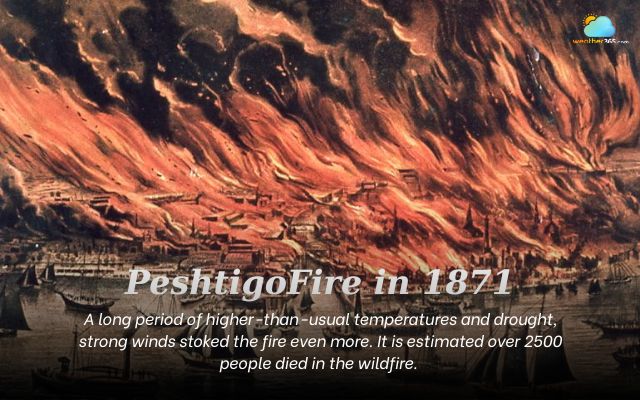
The deadliest fire in US history
Besides, the United States has experienced many biggest wildfires with huge damage to both humans and property.
Weather365 collected and synthesized a list of the biggest wildfires in US history. Take a look at this table below:
|
Fire name |
Year |
Location |
Damage |
|
Great Fire 1898 |
1898 |
South and North Carolina |
|
|
Great Fire |
1910 |
Idaho, Montana, and Washington |
|
|
Great Michigan Fire |
1871 |
Michigan |
|
|
Great Fire, Oregon |
1845 |
Oregon |
|
|
Taylor Complex Fire |
2004 |
Alaska |
|
|
Peshtigo |
1871 |
Wisconsin |
|
|
Ruby Fire |
1940 |
Alaska |
|
|
Kateel River |
1957 |
Alaska |
|
|
Smokehouse Creek Fire |
2024 |
Texas |
|
|
August Complex, California |
2020 |
California |
|
|
Thumb Fire |
1881 |
Michigan |
|
Costliest wildfires in US history
The 2025 Southern California wildfires are now considered the most expensive wildfire event in U.S. history.
Fueled by extreme Santa Ana winds, these blazes swept through densely populated areas, destroying thousands of structures. The damage is estimated at $28 billion.
Some early projections from sources like AccuWeather have placed the total economic damage and loss as high as $135 billion to $150 billion.
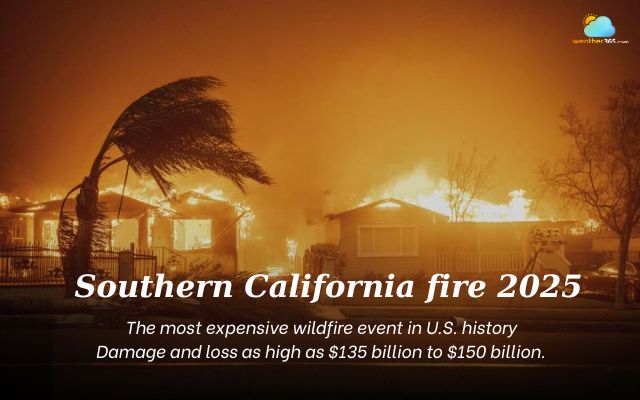
The most expensive wildfire in US history - Southern California fire 2025
Before this event, the 2018 Camp Fire in Northern California held the record.
It was the deadliest and most destructive fire in California's history, destroying nearly the entire town of Paradise and causing approximately $12.5 billion in insured losses.
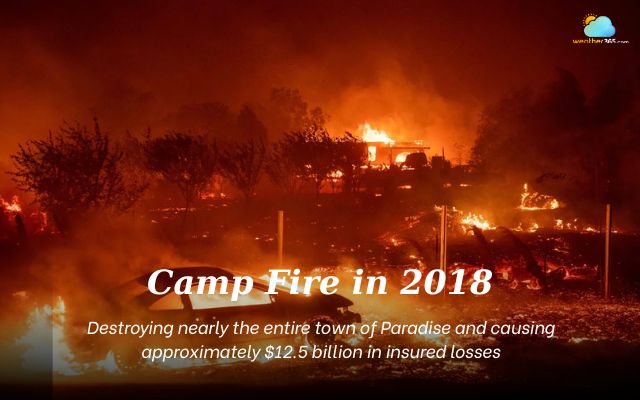
The Camp Fire in California
Other highly costly wildfires include:
-
The Tubbs Fire (2017) in California caused an estimated $10.5 billion in losses.
-
The Lahaina Wildfire (2023) in Hawaii caused around $5.5 billion in total losses, though insured losses were lower due to a lack of insurance among many residents.
-
The Woolsey Fire (2018) in California with insured losses of approximately $4.2 billion.
These recent wildfires far exceed past notable fires in the scale of economic damage.
It reflects growing wildfire risks in the U.S. due to climate change and expanded development in fire-prone zones.
Also read: What country has the most wildfires?
Lesson from wildfire history
Finding and understanding fire history is essential. Big wildfires are not new, but we are more proactive in facing these fire events nowadays.
Recent wildfires, such as the Camp, Tubbs, and Woolsey Fires, show that less fatalities but much greater damage costs.
The advancements in infrastructure have reduced casualties through more effective evacuations, but the financial damage has skyrocketed.
This is due to increased development and more expensive properties in high-risk areas, leading to higher insurance costs for rebuilding.
Wildfire activity in the United States is only expected to increase as global climate change drives hotter, drier conditions.
Rising temperatures, frequent flash droughts, and hurricanes that leave behind downed trees as fuel all contribute to this escalating threat.
Given these risks, prioritizing safety is paramount. The most crucial wildfire safety tip is to evacuate safely and immediately when ordered.
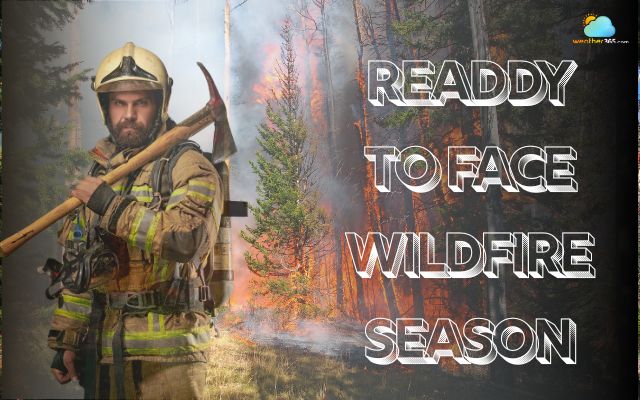
Get ready to face wildfire season
Additionally, if you live in a wildfire-prone region, it is essential to prepare your home and finances.
This includes creating a defensible space around your property and, importantly, being aware of what your home insurance covers to ensure your home's replacement value is up-to-date.
Conclusion
Understanding “what is the biggest wildfire in US history?” has value. These events show one truth that any region of the United States could experience a devastating wildfire. It’s necessary to prepare and have essential wildfire safety tips to protect yourself and your loved ones.
Một Số Câu Hỏi Thường Gặp
The Peshtigo Fire began earlier in the day in rural Wisconsin, while the Great Chicago Fire started later that evening. Both were fueled by severe drought conditions and strong winds across the Midwest.


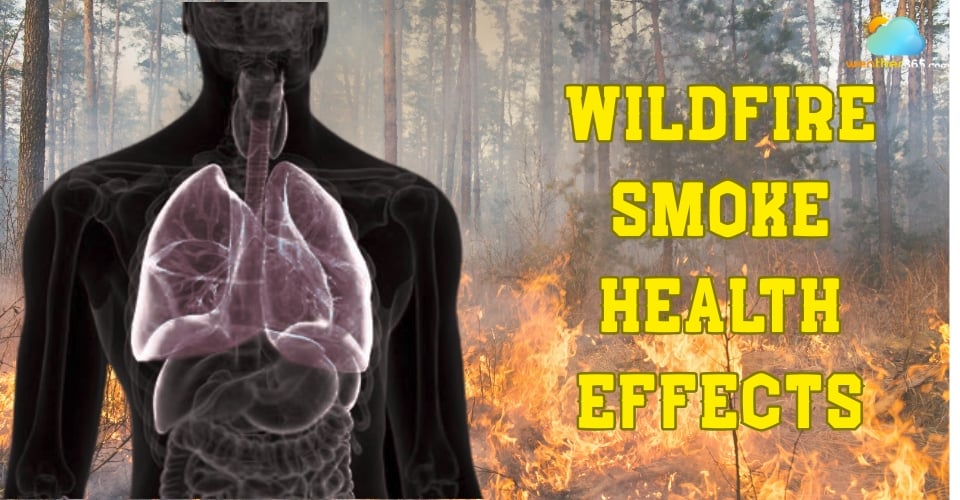
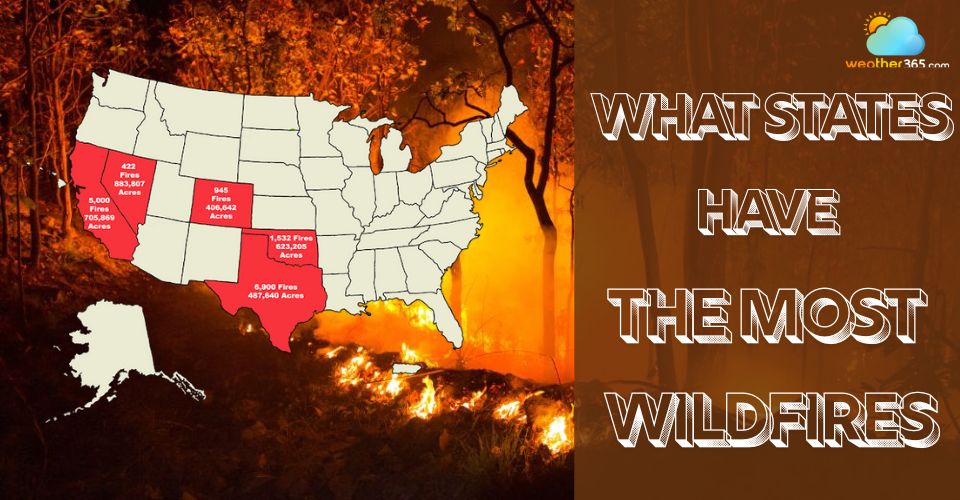
0 Comment
Leave a comment
Your email address will not be published. Required fields are marked *